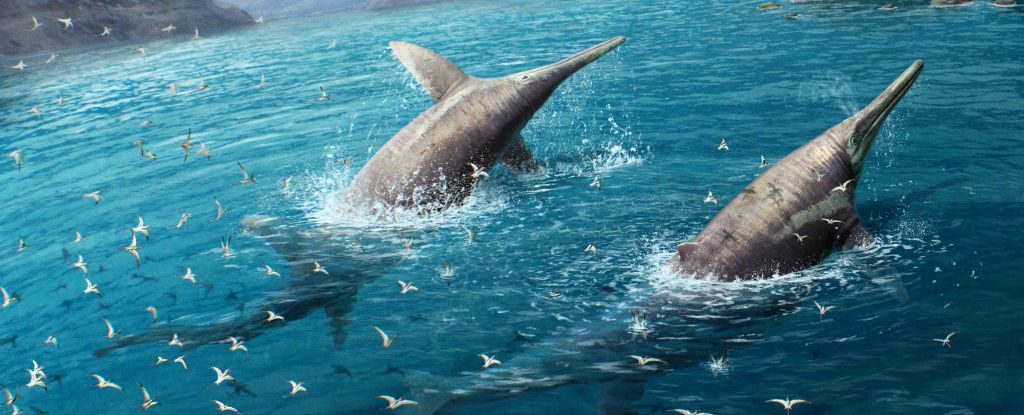Minerals, Vol. 13, Pages 607: Petrogenesis of Early Triassic Felsic Volcanic Rocks in the East Kunlun Orogen, Northern Tibet: Implications for the Paleo-Tethyan Tectonic and Crustal Evolution
Minerals doi: 10.3390/min13050607
Authors: Dongdong Yan Zhiqiang Chu Zhongyuan Liu Wei Wang Fuhao Xiong
The felsic volcanic rocks in orogenic belts are vital probes to understand the tectonic evolution and continental crust growth. Here, we present a comprehensive study on the zircon U–Pb geochronology, whole-rock geochemistry, and zircon Lu-Hf isotopes of Early felsic volcanic rocks from the Hongshuichuan Formation, East Kunlun Orogen, Northern Tibet, aiming to explore their petrogenesis and implications for the Paleo-Tethyan orogeny and crustal evolution. The studied felsic volcanics comprise rhyolite porphyry and rhyolite, exhibiting coeval zircon U–Pb ages of ca. 247–251 Ma. Rhyolite porphyries show metaluminous to peraluminous nature (A/CNK = 0.88–1.24) with high SiO2 contents (72.1–78.9 wt%) and moderate Mg# values (22–40), and they display enrichment of LREE with (La/Yb)N ratios of 6.02–17.9 and depletion of high field strength elements. In comparison, the rhyolites are strongly peraluminous (A/CNK = 1.09–1.74) with high SiO2 contents (71.7–74.3 wt%) and high Mg# values (43–52) and are also enriched in LREE ((La/Yb)N of 6.65–18.4) and depleted in HFSE (e.g., Nb, Ta, Ti). Combining with their different zircon Lu-Hf isotopes, i.e., enriched isotopes for the rhyolite porphyries (εHf(t) = −7.3 to −3.8) and depleted Hf isotopes for the rhyolites (ɛHf = −0.6 to +3.0), we interpret that the studied rhyolite porphyries and rhyolites were derived by partial melting of Mesoproterozoic metagreywacke sources followed by plagioclase-dominated fractional crystallization, but the latter shows the significant contribution of crust–mantle magma mixing. The mixed mantle-derived magma comes from an enriched lithospheric mantle source that had been metasomatized by subduction-related fluids. Combining with other geological evidence, we propose that the studied Early Triassic felsic volcanic rocks were formed in a subduction arc setting, and the reworking of ancient continental crust with crust–mantle magma mixing is the major mechanism of crustal evolution in the East Kunlun Paleo-Tethyan orogenic belt.

 11 months ago
21
11 months ago
21


